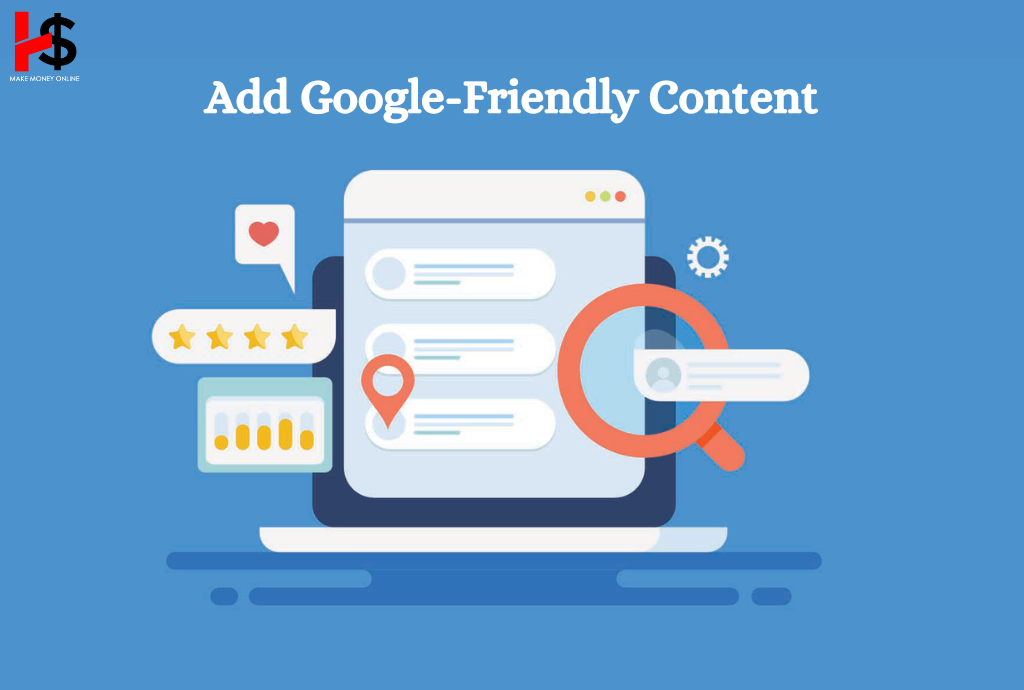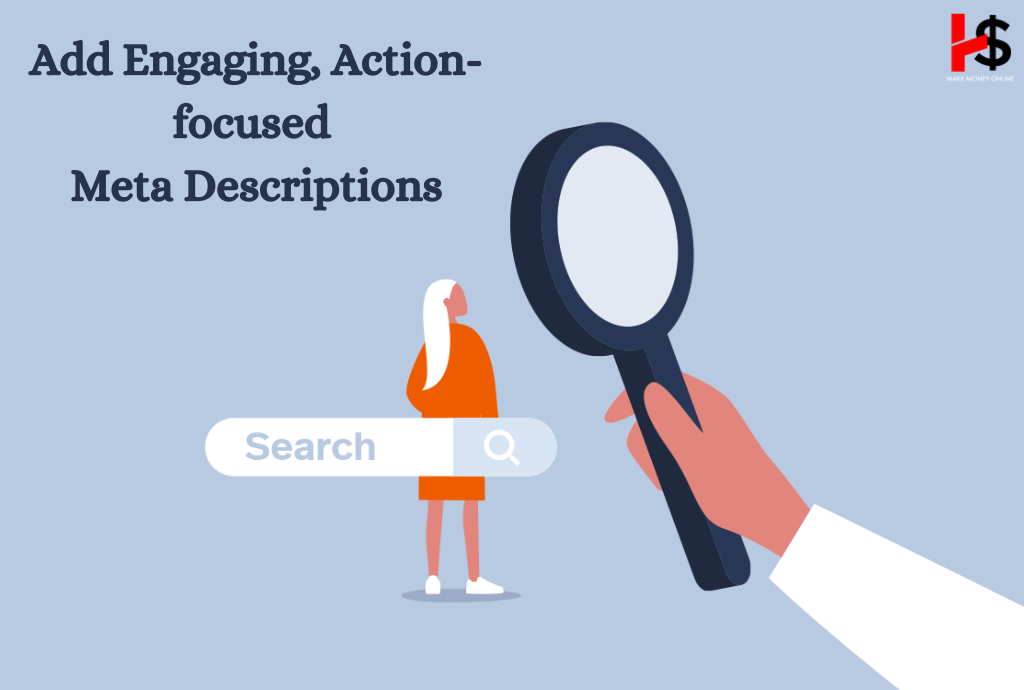You’ve registered your domain name, come up with a brilliant new company idea, and begun developing your website. How do you ensure that it’s simple for search engines like Google to find and rank? The initial things you do after launching a new website can have a huge impact on its capacity to rank in Google search for its target keywords and start bringing in traffic, leads, and sales. SEO is a long-term process, and results are rarely quick.
If you do SEO research correctly from the start, you’ll save spending many hours later on maintaining a website that wasn’t designed with search engines in mind. Whenever you build a new website, you should follow these SEO Steps to Take After You Launch New Website that is optimized from the start to rank for its target keywords and drive as much traffic as possible through organic search.
Table of Contents
First SEO Steps to Take After You Launch New Website
Build your website with your targeted keywords

The structure of your website has a big impact on its rating. To rank effectively for your objective keywords, you need to structure your website so that each page focuses on a distinct set of extremely relevant, closely related phrases. For example, think about launching a website for a men’s shoe retailer. You sell a variety of men’s shoes, such as leather, boots, and sports shoes. Every category ought to appear for the keywords it intends to and attract searches for a particular style of shoe.
You can get multiple benefits by organizing your website in this way. Firstly, it avoids having a single page target several keywords by clearly defining a theme and target keyword for every page on the website. For optimal relevancy, it enables you to target each term on every page in close proximity. You can further subdivide each category into smaller groups with this feature as well.
Key Points:
- Make sure your website targets multiple secondary keywords in addition to one main search term on each page.
- Use the above sample structure to organize your website so that each page is as specialized and relevant as feasible.
- Refrain from overly optimizing a single page for keywords. Many pages that are all very relevant are preferable to one page that is inadequately addressing various themes.
Add Google-Friendly Content

For your website to rank higher in search results in 2024, content will be one of the most crucial on-page elements in the SEO sector. Ascertain that your website contains engaging and informative content before launching any aggressive SEO marketing. Information shows that pages with 2,000 words or more of content usually rank higher in Google searches than those with shorter, lighter content. Even if it may take a bit longer, paying attention to the tiny things can organically raise your website’s ranking in search results for the targeted keywords.
Also, studies reveal that lengthy, in-depth sites have a higher chance of receiving links than brief ones. Creating lengthy content for every page on your website, even though it may take some effort, will pay off in the form of more inbound links to each page. Viewing your material as the answer to someone’s problem is a fantastic way to approach it. Our earlier post discussed how to get ideas for your content from Maslow’s Hierarchy of Needs. Your on-page content will have a significantly higher chance of attracting quality backlinks if it can address a pressing demand.
You should sometimes, but not excessively, incorporate your goal keywords into your content for best on-page SEO. Because Google’s algorithm is sophisticated enough to recognize keyword stuffing, it usually results in your website being penalized in the search results for the targeted keywords. Use keywords strategically rather than cramming them into your writing. Include your keywords in the page’s H1 and H2 tags. For the H3 and H4 subheadings, include long tail keywords. Verify each page after you’ve finished writing it to make sure your keywords flow naturally from the text.
Key Points:
- In order to avoid overusing or “stuffing” your keywords into the content, try writing at least 2,000 words of content for each page.
- Mention your main, secondary, and desired long tail keyword variations in the H1, H2, H3, and H4 tags to ensure maximum search engine visibility.
- Writing for the sake of writing isn’t enough; consider using your on-page material to address any queries and issues that your users may have.
Optimize Your Title Tags for Each Primary Keyword

The text that appears in the user’s browser when they visit your page and that Google uses to title every search result for your website is known as your title tag. It is imperative that the title tags on each of your pages be optimized for the specific SEO keywords that you want to target. Make sure your page names are short and to the point because Google will crop your title tag if it is more than 60 characters. For greatest SEO results, use your target term as close to the beginning of the title tag as you can.
Key Points:
- Put your goal keyword at the beginning of your title tag and then explain to readers what they can expect when they click through to your website.
- Don’t overuse terms in the title tag. After using your main keyword one time, include pertinent page content.
- To prevent Google from truncating your title tag because it is too long, keep it around 60 characters (55 is preferable).
Add Engaging, Action-focused Meta Descriptions

In Google search engine results, the meta description is the brief summary that shows up beneath the title and URL of your website. Give each page on your website a relevant, keyword-focused meta description, even though they don’t affect your website’s rating. The fact that your meta description can significantly impact your page’s clickthrough rate, or CTR, is one explanation for this. Your total proportion of search impressions will rise if you have a thorough meta description that entices consumers to click on your result rather than one from a rival website.
Key Points:
- Make sure every page on your website has a meta description because it affects your organic search clickthrough rate significantly.
- In your meta description, use your keyword, but don’t overuse it. When you use too many keywords, Google can detect it and may punish your website.
- Since the purpose of a meta description is to “sell” your website to its intended audience, concentrate on getting them to click.
Set up Google Analytics

It’s time to install Google Analytics after you’ve created your website, created content, and assigned a distinct title tag and meta description to each page. Google Analytics is a free tracking tool that enables you to keep an eye on both how visitors find and use your website. Google Analytics is a fantastic tool for finding chances to further optimize your website for particular keywords from an SEO standpoint. When you install Google Analytics as soon as your website is up, you get data straight away, which will aid in future optimization.
Google Analytics is easy to install. Simply go to analytics.Google.com and create an account with your Google credentials. You must paste your special Analytics tracking code onto your website after setting it up in Analytics. If you use WordPress, you can utilize Yoast’s Google Analytics plugin to add the code. You can follow Google’s instructions to add the Analytics tracking code to each page of your static HTML website.
Key Points:
- It is worthwhile to set up Google Analytics and Search Console as soon as possible since they provide you with more information on the functionality of your website.
- As new possibilities to enhance your website for search arise, Search Console will notify you, so be sure to check it once a week or twice a week.
Read More:

